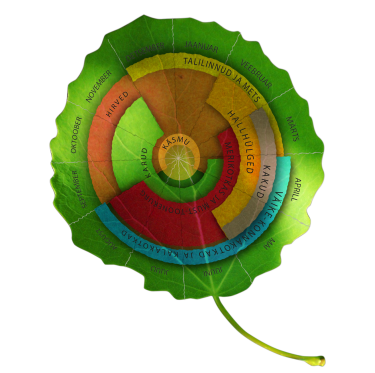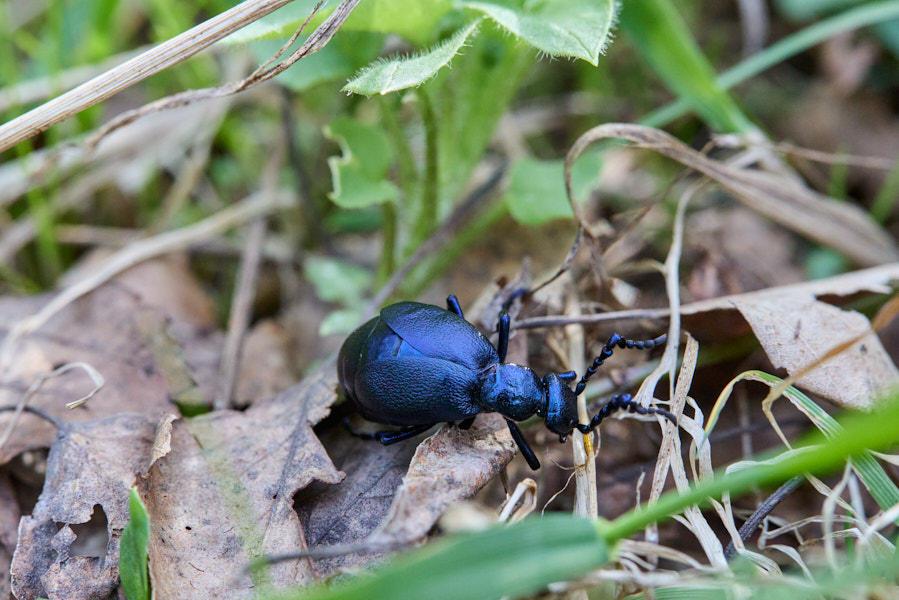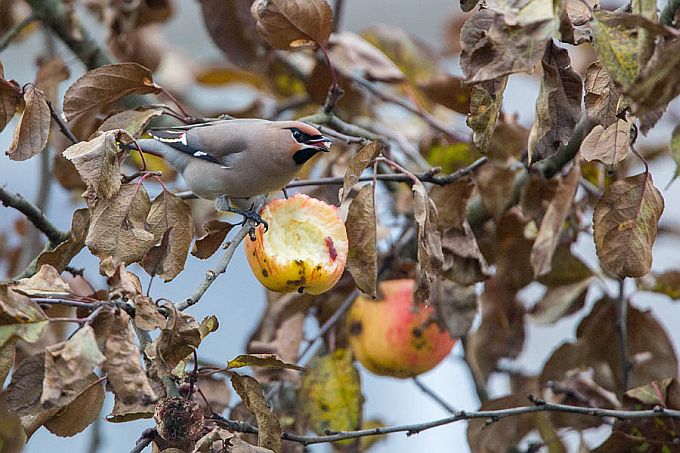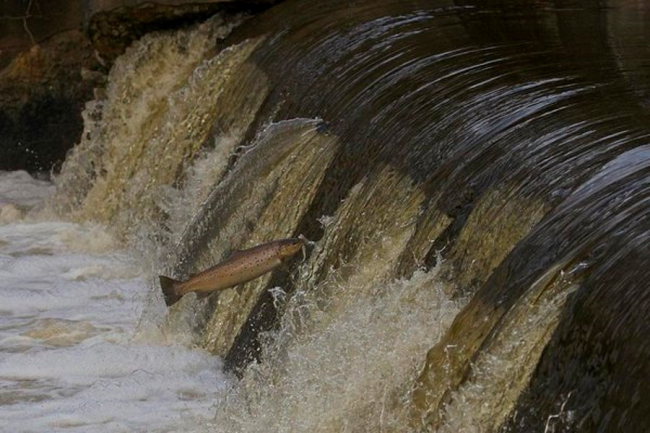VIDEO: How the disobedient are called to order
Video recorded by Aita, LK forum
Translation Liis
Brown trout Jõeforell or hõrnas Salmo trutta trutta morpha fario
Usually it is sufficient for a spawning milt fish, i e a male, to look his competitor squarely in the eye or to push it with his nose, and the smaller curious explorer disappears quickly (this we often see at the spawning ground). In the video the obstreperous individual is punished by a painful tug at the fin.
 Latest news
Latest news Loodusemees.ee - the day in pictures
Loodusemees.ee - the day in pictures Videos
Videos
 My Forest
My Forest



